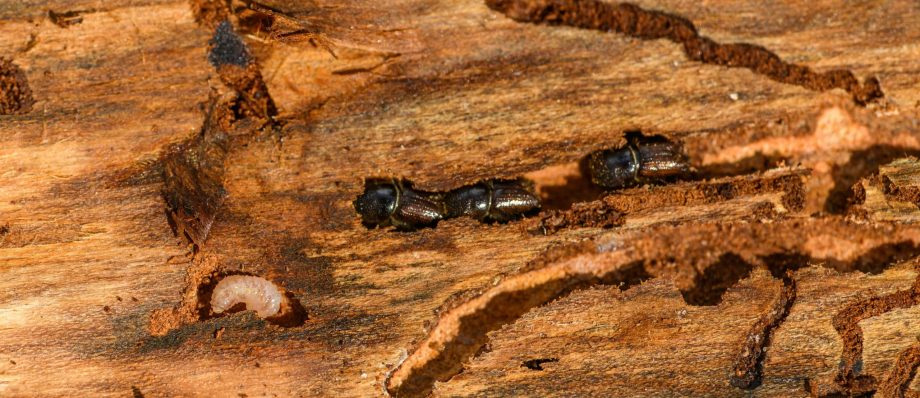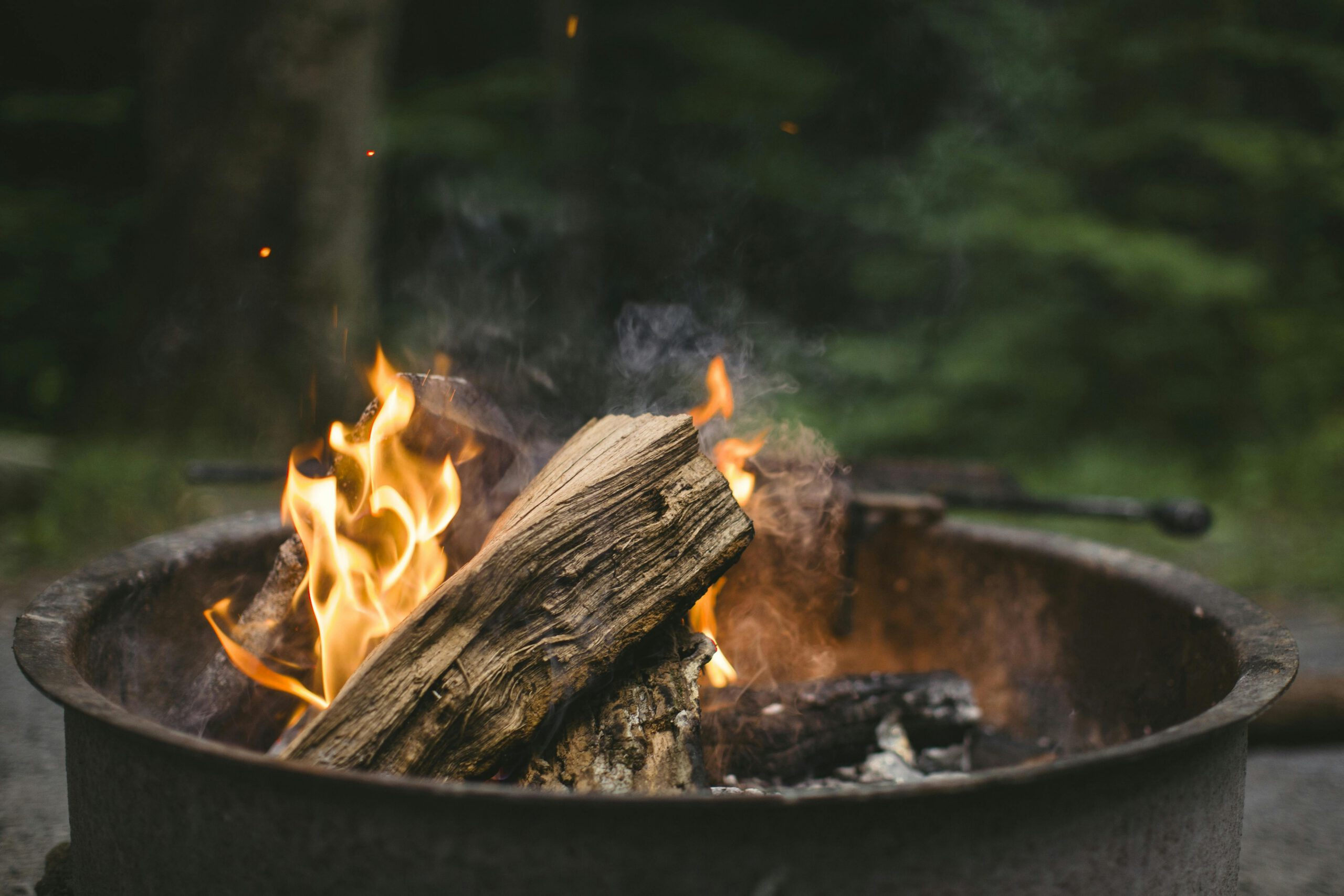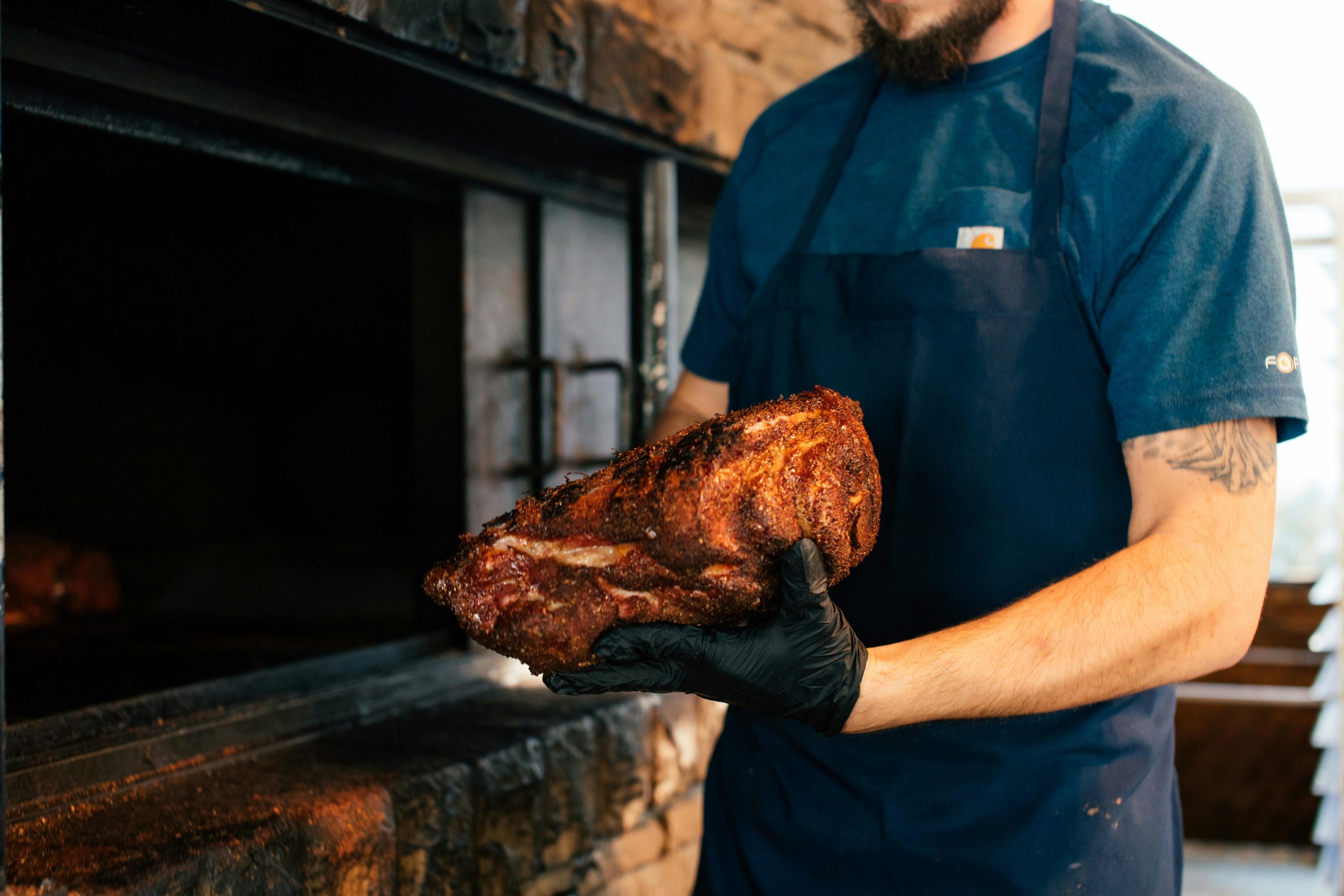Firewood and Termites: What to Watch For, and What to Do Next
Table of Contents
It’s a crisp fall evening. The kind where the sky turns soft and gold around 5 p.m., and the only thing missing is the steady crackle of a fire. You reach for a stack of firewood, picturing a cozy night ahead. But as you lift a log, you notice something unsettling—tiny tunnels, hollow-sounding wood, or worse, live insects crawling out from the pile.
This is the uneasy territory where firewood and termites intersect—and where many homeowners find themselves scrambling for answers. Should you burn it? Toss it? Panic? Fortunately, the path forward is simpler than it seems, and knowing what to look for makes all the difference.
Let’s break it down, piece by piece.
What Termite-Infested Firewood Looks Like
The tricky part about termites is that they don’t always announce themselves. They work from the inside out, hollowing wood with a quiet, persistent appetite that often goes unnoticed. Still, there are a few telltale signs worth keeping on your radar.
Wood that feels unusually light for its size is one clue—it might mean the interior has been eaten away. If you tap it and hear a dull, hollow thud, take a closer look. Sometimes the outer surface will seem intact, but just beneath, you’ll find a maze of tunnels or galleries. Peel back the bark, and you might see pale, soft-bodied insects moving quickly away from the light. Those are likely worker termites.
There’s also the presence of frass, a fine powdery substance that looks like sawdust or sand. Termites leave it behind as they digest the wood, and it often gathers near the base of logs or in crevices. And if you see mud tubes on or around your woodpile, that’s a sign of subterranean termites creating pathways to travel safely from soil to food.
Can You Still Burn Firewood with Termites?
Here’s the good news: fire kills termites. Once you place infested wood into a hot, well-burning fire, any insects still inside won’t survive. So if you’re planning to burn it immediately in a fireplace, fire pit, or outdoor chiminea, it’s generally safe to use.
But timing matters. Leaving termite-infested firewood stacked around your yard, shed, or porch—even for a few weeks—can give the colony time to expand. And if the pile is close to your home, the risk is greater. Termites might jump from that stack of cherry or oak to your deck or foundation before you even realize what’s happening.
So yes, you can burn it. Just don’t let it linger.
Is Firewood and Termites a Risk Around BBQs or Cooking Fires?
When it comes to fire pits and fireplaces, using infested wood isn’t typically a health concern. But when you’re cooking—especially with open flame methods like grilling or smoking—things get a little murkier.
Termites themselves aren’t toxic. Still, infested wood can sometimes harbor mold or fungi from internal decay. And if that wood was treated or came into contact with chemicals (say, from a treated lumber pile), those substances could release harmful fumes when burned.
For cooking, especially over a BBQ or smoker, it’s best to play it safe. Use clean, dry hardwoods that you know are untreated and pest-free. If there’s any doubt, skip it. Good flavor—and peace of mind—starts with clean firewood ((firewood safety tips)).
How to Handle a Termite-Infested Woodpile
If you’ve discovered termites in your stack, the first thing to do is isolate it. Move the infested wood away from your home, garage, or any wood structures. Ideally, relocate it to a gravel or concrete surface rather than soil, which removes easy access for subterranean termites.
Next, consider whether to burn or dispose. Burning is effective if you can do it soon. But if you live in an area with fire restrictions, or if the volume is too large, reach out to your local waste management or pest control agency. Some offer guidelines—or even pickup—for infested organic materials.
One common mistake? Spraying the pile with insecticide. It might seem like a quick fix, but it rarely penetrates deep enough to reach the colony, and can contaminate your property or harm nearby wildlife.
Preventing Problems with Firewood and Termites
Storing firewood properly is half the battle. Keep it elevated off the ground, ideally on a metal rack or concrete blocks, with airflow underneath. A simple tarp cover can help, but avoid wrapping it tightly; moisture invites pests and decay.
Stack wood at least 20 feet from your home if possible. That might seem far, but it reduces the chance that termites will migrate to your structures. And only bring in as much firewood as you need for immediate use. Leaving a stack near the fireplace or backdoor for days at a time gives insects more opportunity to spread.
It’s also worth inspecting your stack regularly. Even a quick glance once a month during the colder seasons can help you catch problems early. If you notice repeat infestations, it might be time to treat the surrounding area or consult with a termite professional ((when to call pest control)).
A Word on Seasoned Wood
Dry, seasoned wood is less appealing to termites than fresh or damp logs. That’s one more reason to let your wood cure properly—typically 6 to 12 months depending on the type. Well-seasoned wood burns hotter, cleaner, and with less smoke, which makes it better for both your chimney and your food.
If you’re sourcing wood from elsewhere, inspect it before stacking. Whether you’re picking it up from a roadside seller or a hardware store lot, look for those same signs: hollow logs, tunnels, frass, or live insects. Even a reputable source can miss an infestation during loading.
The Bottom Line
Firewood and termites don’t have to spell disaster, but they do require attention. In most cases, discovering termites in your logs doesn’t mean your home is in danger—but it’s not something to ignore, either.
Burn infested wood promptly, store your stacks smartly, and stay alert for the signs that termites might be inching closer to more valuable timber—like the frame of your house.
And when in doubt, ask yourself: is this the kind of wood I’d want near my walls or under my ribs on a Sunday BBQ?
If the answer’s no, let it go.




